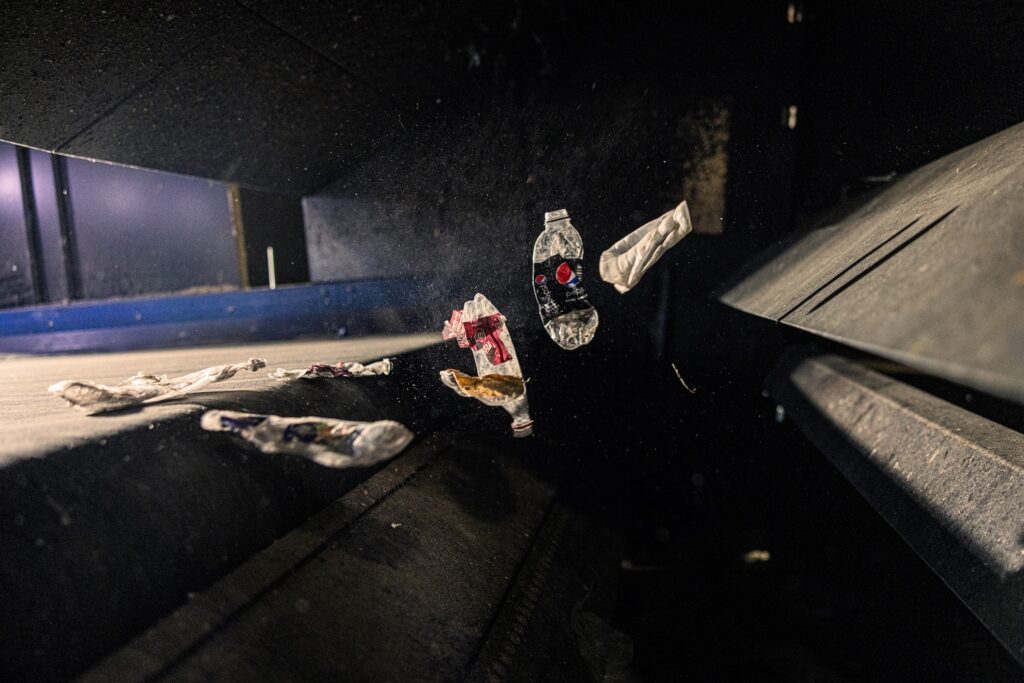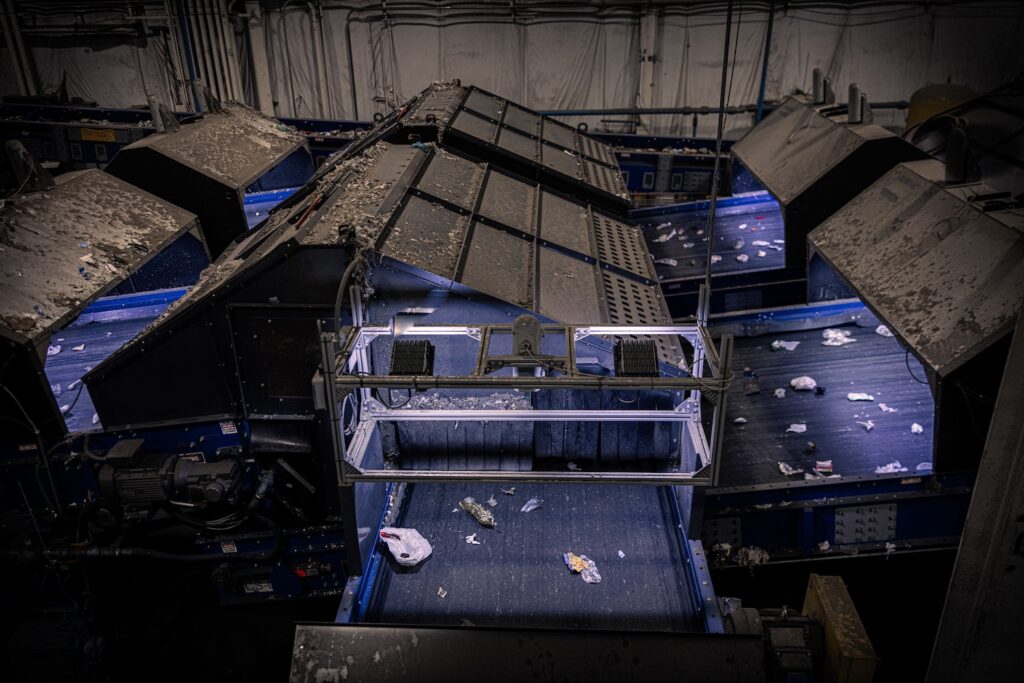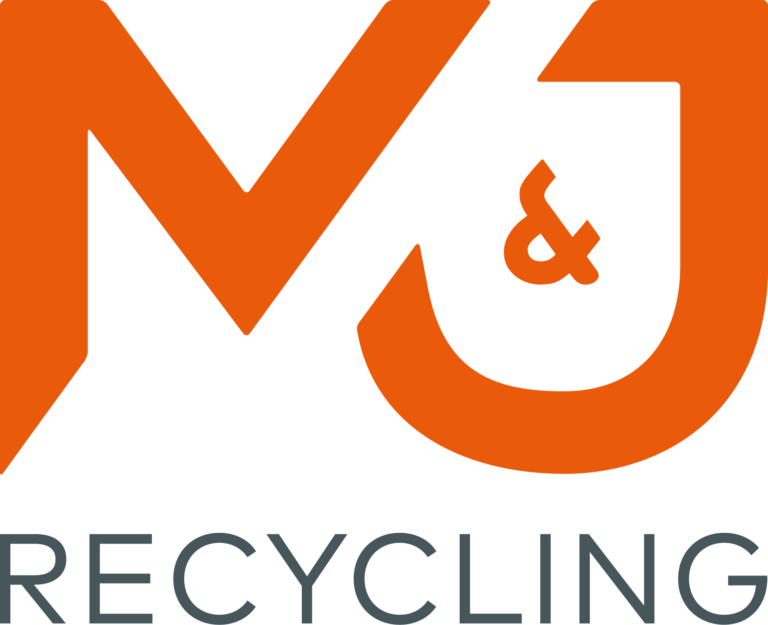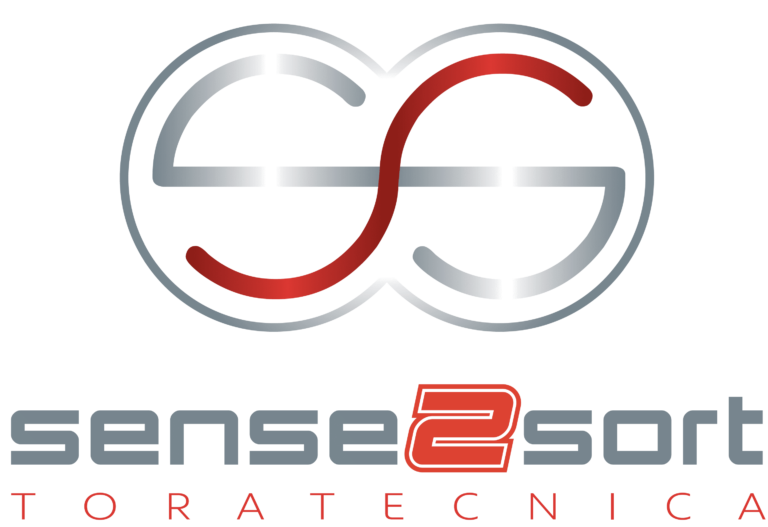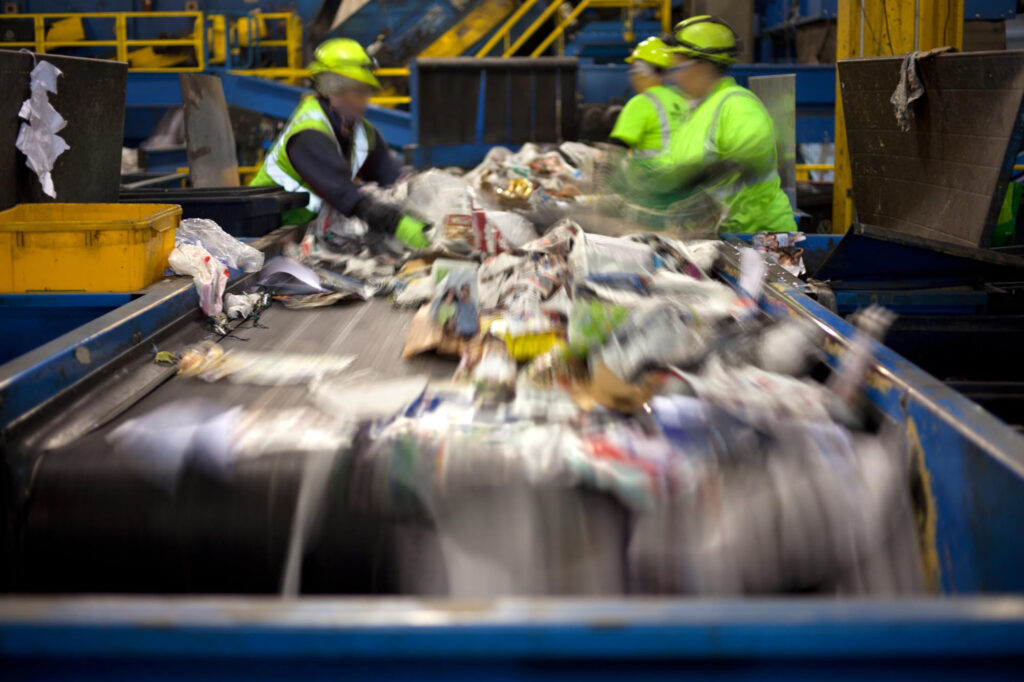AMP is applying AI-powered sortation at scale to modernize the world’s recycling infrastructure and maximize the value in waste. We design, build, and operate the industry’s most advanced, cost-competitive facilities to process single-stream recycling and municipal solid waste.
We operate these systems for waste companies and municipalities to achieve best-in-class cost for performance, increase diversion, and meaningfully extend the life of landfills.
With three full-scale facilities and more than 400 AI systems deployed across North America, Asia, and Europe, AMP’s technology offers a transformational solution to waste sortation and changes the fundamental economics of recycling.


